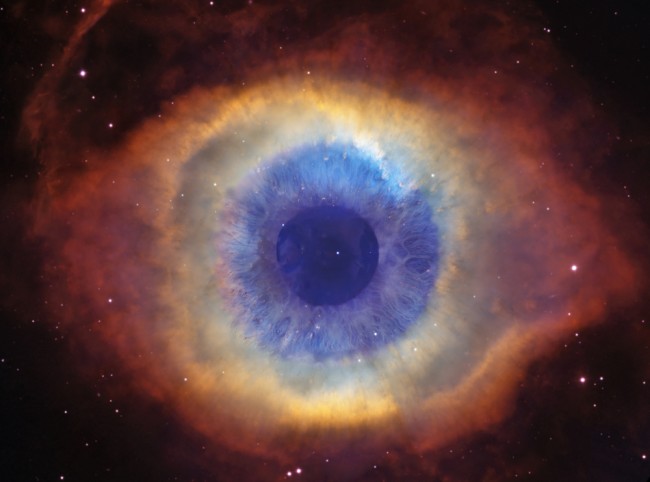In the beginning, no-one could understand…
or, How Logos Found a Vehicle

In the beginning, was Logos.
Logos – logic – reason – demonstration – Logos the Word:
But Logos could not be heard.
Some said, “I can’t understand; it’s too hard and cold and rational, and I’m a feeling person.”
Some said, “I can’t hear – it’s too far away and over my head.”
Some said, “Yes, I hear what you’re saying but you’re wrong and I don’t understand it that way and I’m going to spend a long time arguing with you because I can’t be bothered listening to who you are.”
Some said, “It’s all so ISTJ and I’m ENFP.”
Some said, “If I knew you better I might understand where you’re coming from.”
And some said, “It makes sense, but so what? What do we do with it?”
In the dark bright distant present, Logos thought and thought, reasoned and argued, strategized, analysed—why couldn’t they understand?
Pure reason, so beautiful and logical. So obvious. So tidy and clean. But clearly Logos needed something more, and that’s when Logos found a vehicle: story! After that, Logos used a metaphor and a simile, a poem and a dance.
At first it was difficult for Logos who was extremely uncomfortable with hyperbole and superfluous adjectives and—if Logos had been able to admit it—reluctant to come out from behind the podium. In fact, it was excruciating because Logos was shy about dancing and singing and being messy and improbable.
But the more Logos tried, the easier it became.
The stories took on lives of their own, and some people memorized them to repeat verbatim, and those stories were eventually written down, and some people retold the stories and added their own interpretations or put in footnotes and editor’s comments, and some heard the words and translated them into music notes.
In the bright dark distant present, Logos thought and reasoned and argued and analysed—because that’s what Logos does—but also became very good at spinning the sort of stories that made it easier to communicate some pretty complex concepts. It worked, too; Logos kept statistics to prove it.
After a while,
Some people said, “I can’t understand it; it’s too imaginative and unprovable; it’s supposition, and I’m logical.”
Some said, “I can’t hear – too many stories are building up and they’re smothering me.”
Some said, “Yes, I hear what you’re saying but you’re wrong and I don’t understand it that way and I’m going to spend a long time arguing with you because I can’t be bothered listening to who you are.”
Some said, “It’s all so wishy-washy and I’m a realistic, practical person.”
Some said, “Now I’ve listened to you I feel I know you better and I understand where you’re coming from”—even though they didn’t really have much idea about Logos, but had come to a satisfactory interpretation on their own account.
And some said, “It’s very creative, but what’s the practical application?”
And someone even said, “Is that Logos? Are you sure? I thought it was Mythos!”
While someone replied, “It’s Mythos’s vehicle, alright, but Logos finds it helpful so they share.”
And after a while, someone thought to ask the name of the vehicle. For a long time, it had been referred to as “story” although that didn’t quite incorporate all the concepts: song, dance, spirit, paradox and metaphor, curiosity, regeneration…
Finally, Mythos appeared to the rescue. “Let me tell a story,” Mythos began. “In the beginning, was Logos. Sensible type, but inflexible. Not deliberately, just didn’t know any better. Always looked at things the same way. So one dark bright past future when Logos was distracted, I left a gift.
“Logos looked at it. It was beautiful and logical, tidy and clean. Followed sound engineering principles, came with a detailed manual. Logos thought it might be useful—so she took it for a spin. Just a quiet putter around the multisphere, to check it over.
“Now, you know what happened. There’s a narrative imperative, as Logos likes to remind us. Logos accidentally put her foot down—and next thing she’s tearing along the freeway with the wind in her hair. Eyes stinging with tears and sheer happiness.
“This vehicle, this useful object, had become a thing of fantasy, of inspiration, of exhilarating sensation for no particular reason. And that’s how Logos learned to communicate: she used the story vehicle. And it was good.”
Mythos was about to leave, when someone caught up with him and asked, “But the vehicle! The story! What’s its name?” and someone else said, “If it exists it must be labeled.” And someone said, “It’s such a lovely idea, I don’t know why you want to pin it down to a category like that,” and someone else said, “What an amazing image! Logos with wind in her hair—I can make a poem from that.”
They all had something to say or something to feel or something to consider or something to work with. It was only a story, but out of it, over time space continuity came a concept, a principle, a fluidity, an artwork, a thesis
—and they didn’t notice that Logos had sidled up to Mythos until it was hard to tell them apart.
And most were so busy hearing with the ears of myth or looking with the eyes of logic or reacting with the sensation of temperament that it was quite a while before anybody remembered the question, and found an answer.
One who could hear without judging, to disbelieve without losing faith, and one who‘d chosen to be open even when sense wasn’t always being made in a way they recognised, looked at Logos and Mythos, leaning against the shiny vehicle.
And one said, “Synthesis!”
And one said, “Grace.”
© Bronwyn Angela White (2010)—Wellington, New Zealand
This work is licensed under a Creative Commons Attribution-Noncommercial-Share Alike 3.0 New Zealand License
